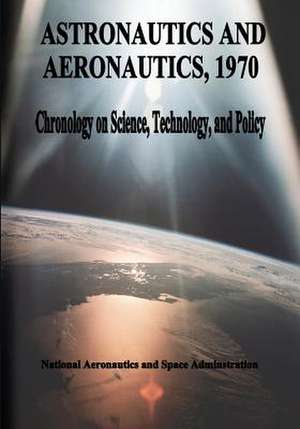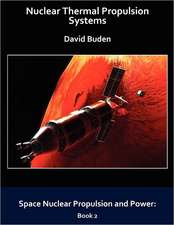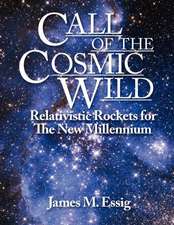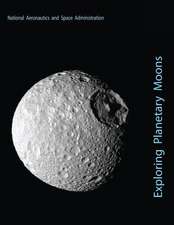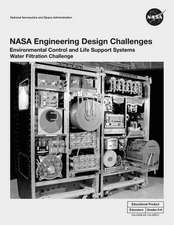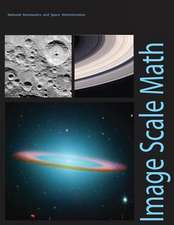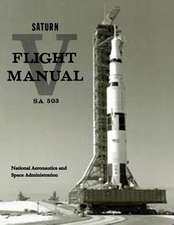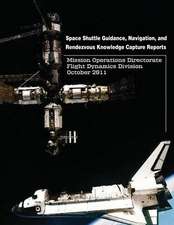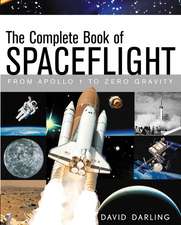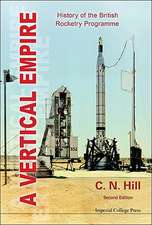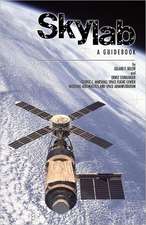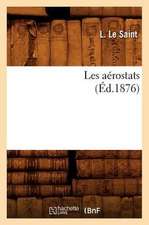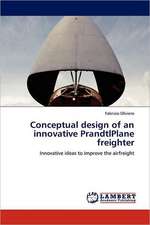Astronautics and Aeronautics, 1970
Autor National Aeronautics and Administrationen Limba Engleză Paperback
Preț: 194.74 lei
Nou
Puncte Express: 292
Preț estimativ în valută:
37.26€ • 39.01$ • 30.83£
37.26€ • 39.01$ • 30.83£
Carte tipărită la comandă
Livrare economică 07-21 aprilie
Preluare comenzi: 021 569.72.76
Specificații
ISBN-13: 9781495469404
ISBN-10: 1495469409
Pagini: 522
Dimensiuni: 178 x 254 x 27 mm
Greutate: 0.89 kg
Editura: CREATESPACE
ISBN-10: 1495469409
Pagini: 522
Dimensiuni: 178 x 254 x 27 mm
Greutate: 0.89 kg
Editura: CREATESPACE
